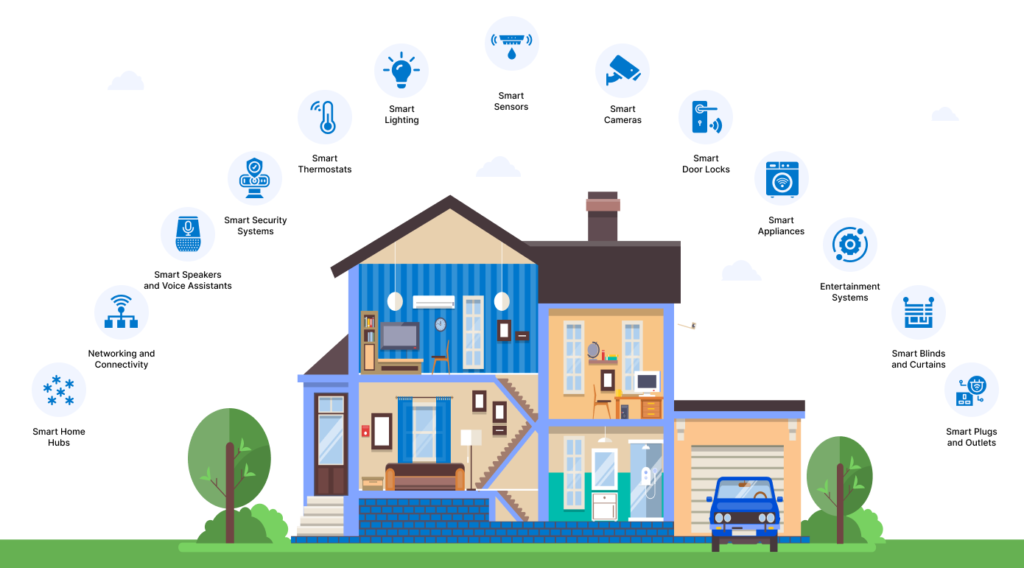In today’s rapidly evolving world, the lines between traditional home improvement and cutting-edge technology are blurring. The concept of a ‘smart home’ is no longer a futuristic fantasy but a tangible reality. As we integrate more technology into our living spaces, our homes are not just places of comfort and sanctuary; they’re becoming smarter, safer, and more efficient. This shift is redefining what it means to improve our homes, turning everyday spaces into highly connected, intelligent environments.
The Rise of Smart Home Technology
The surge in smart home technology has been driven by advancements in the Internet of Things (IoT), artificial intelligence (AI), and ubiquitous broadband internet. Devices that were once considered luxuries, such as smart thermostats, intelligent lighting systems, and automated security solutions, are now commonplace and accessible. These technologies allow homeowners to control various aspects of their home environment with simple voice commands or the tap of a smartphone button.
Energy Efficiency and Environmental Impact
One of the most significant benefits of integrating technology with home improvement is the potential for increased energy efficiency. Smart thermostats like Nest or Eco bee learn your schedule and temperature preferences, making automatic adjustments to save energy while keeping you comfortable. Similarly, smart lights can adjust based on natural light levels in the room or be set to a schedule to reduce electricity usage. This not only cuts down on utility costs but also minimizes the household’s environmental footprint.
Enhanced Safety and Security
Security has always been a top priority for homeowners, and technological advancements have revolutionized this aspect of home improvement. Today’s smart security systems offer more than just basic alarms; they provide comprehensive protection with features like motion detectors, surveillance cameras that stream directly to your mobile device, real-time alerts, and even facial recognition technology. This heightened level of security brings peace of mind to homeowners, knowing their homes and loved ones are protected.
The Convenience Factor
The convenience offered by smart home technology is unparalleled. Imagine waking up to the aroma of freshly brewed coffee, the curtains automatically drawing to reveal the morning sun, and the news playing on your smart TV—all triggered by your morning alarm. Or consider the ability to check if you locked the back door or turned off the oven, all from your smartphone, no matter where you are in the world. This convenience is not just luxury; it’s a transformative way to interact with the spaces we live in.
The Future of Smart Homes
As we look to the future, the possibilities for home improvement through technology are boundless. Innovations like augmented reality for virtual home makeovers, drones for roof inspections, or even AI for predictive maintenance are on the horizon. These advancements promise not only to enhance the functionality of homes but also to revolutionize the way we think about living spaces.
Embracing the Change
For those considering a foray into smart home technology, the advice is straightforward: start small. Choose one or two improvements that will make the biggest impact on your daily life, be it a smart speaker, a video doorbell, or a connected appliance. As you grow more comfortable with the technology, you can expand your smart home ecosystem.
The intersection of home improvement and technology advancement represents more than just convenience; it symbolizes a shift towards more sustainable, secure, and efficiently managed living environments. By embracing these technologies, homeowners are not just upgrading their living spaces—they are shaping the future of living.

